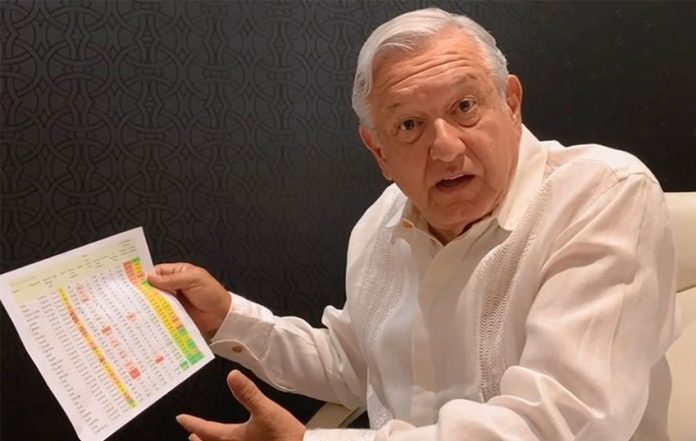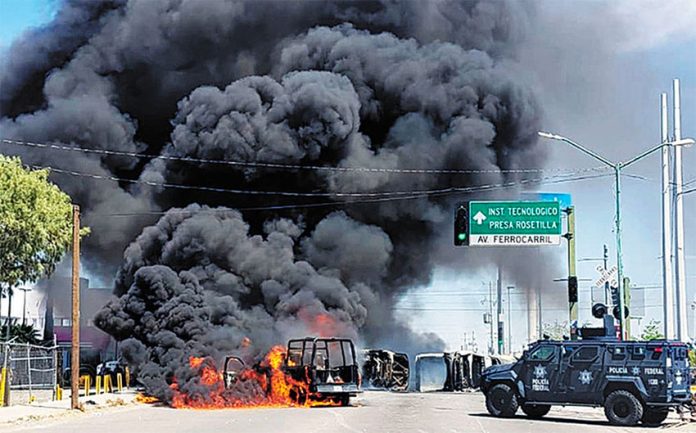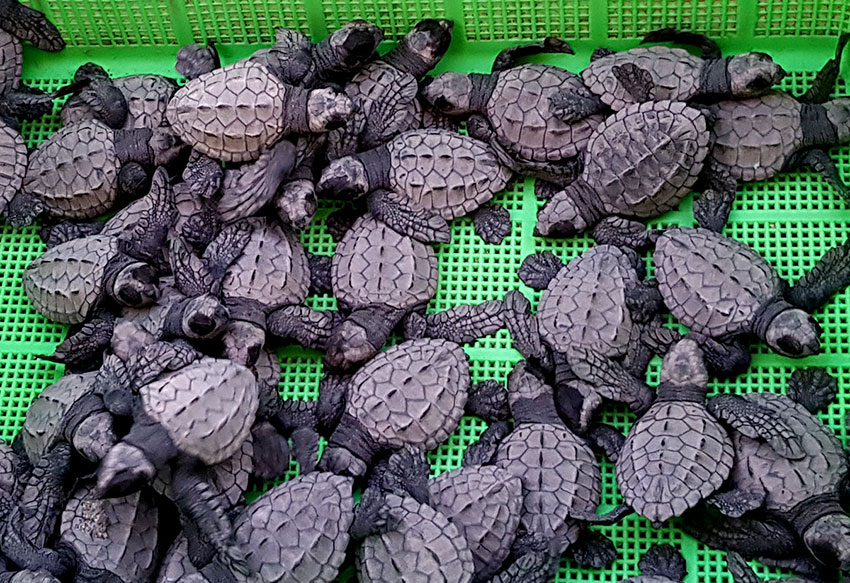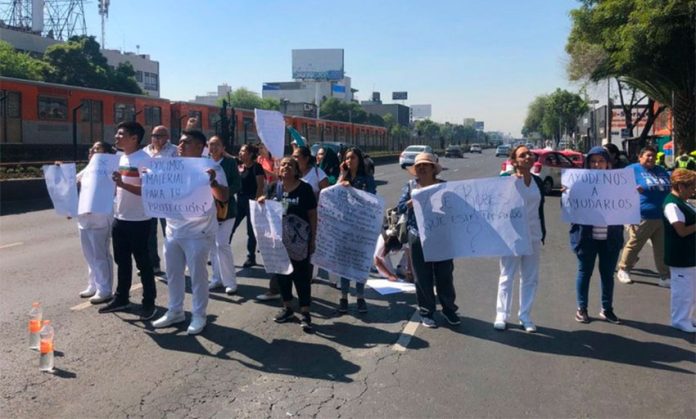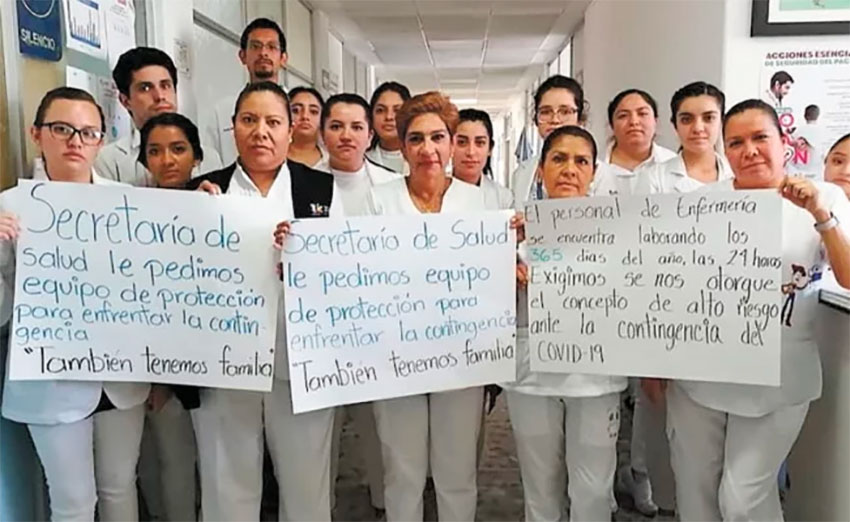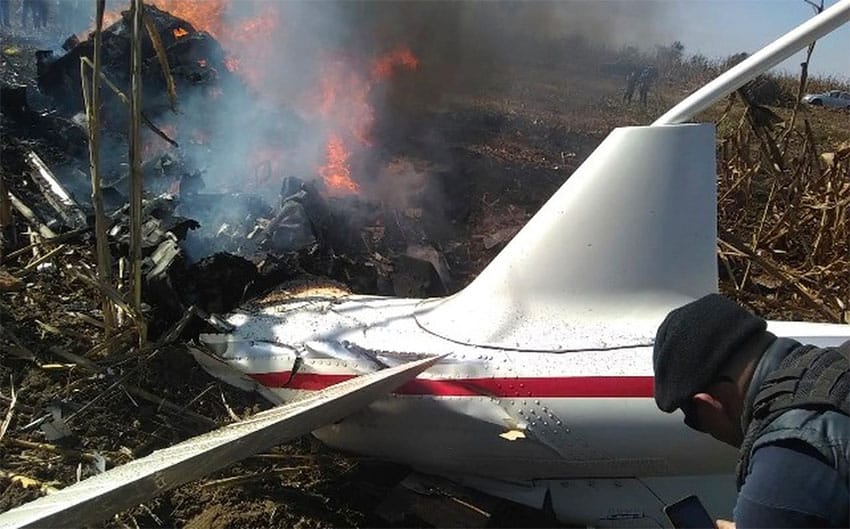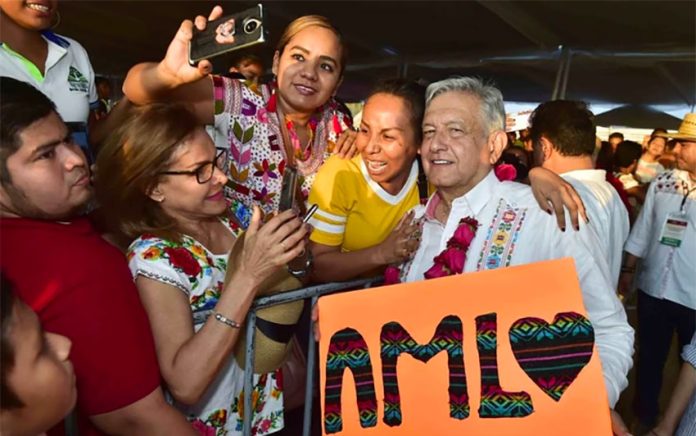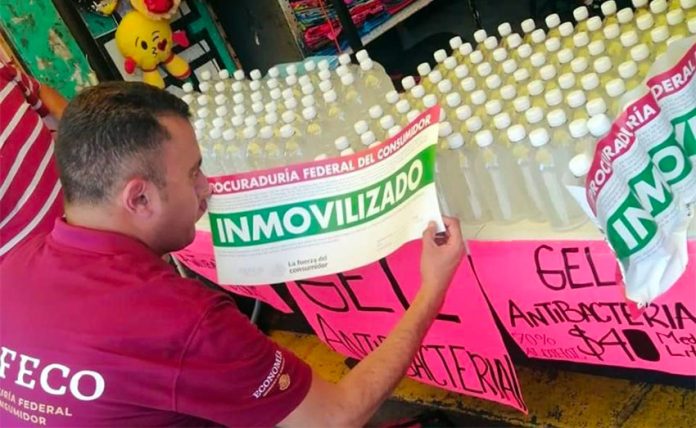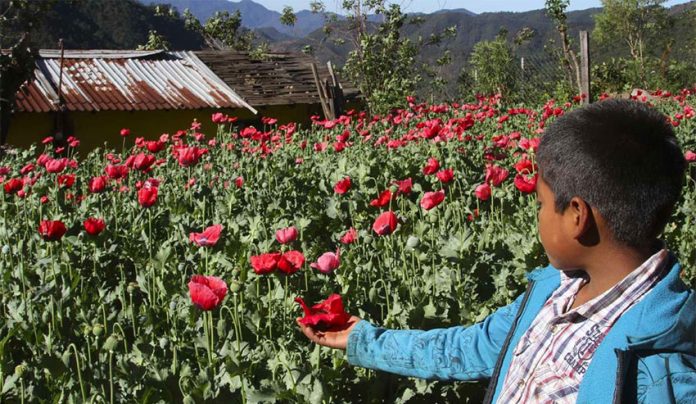President López Obrador has urged Mexicans to stay at home as much as possible to help limit the spread of Covid-19 as the number of confirmed cases rose more than 20% on Friday from 585 to 717.
In a video message posted to social media, López Obrador said that if people follow the instruction to stay at home, they will help to contain the coronavirus outbreak and as a result the healthcare system won’t be overwhelmed and there will be fewer deaths.
“We have to be in our homes, we have to maintain a healthy distance [from each other]. … We can go out for essential reasons but we shouldn’t go out to the street without there being something truly necessary that compels us to go out,” he said.
“The best thing is to stay at home. … Let’s maintain this retreat that will help us a lot,” López Obrador added.
Speaking from a hotel in Tijuana, Baja California, on Friday night, the president explained that government workers who are not directly engaged in providing essential services have already been given permission to stay at home. He called on businesses in the private sector to allow their employees to work from home if possible.
“If we don’t retreat to our homes, [Covid-19] cases will shoot up and the hospitals will be inundated even though we’re prepared to receive thousands,” López Obrador said.
He also called on Mexicans to not seek medical care for Covid-19 if they don’t have the telltale symptoms of the virus.
“If there is no fever, no dry cough, no extreme discomfort in the body … and no difficulty in breathing, we don’t have problems – let’s not go to the doctor or to the hospital, let’s try to stay at home. … If we have these symptoms, let’s go to the nearest doctor for an analysis but only, I repeat, if there is fever, a dry cough, difficulty in breathing,” López Obrador said.
He concluded his message expressing confidence that the economy will recover quickly once Mexico gets through the worst of the pandemic, asserting “we’ve always succeeded in the face of adversity.”
The president’s appeal for people to stay at home came five days after he urged Mexicans not to stop going out and supporting businesses such as restaurants and cheap diners.
“Don’t stop going out, we’re still in the first stage [of the coronavirus outbreak]. I’ll tell you when not to go out,” he said in a video message last Sunday.

Two days later, however, federal health authorities announced that Mexico had entered a phase of local transmission of Covid-19 and Deputy Health Minister Hugo López-Gatell said Thursday that phase 3 of the coronavirus outbreak, in which community transmission of the disease is widespread and cases number in their thousands, is inevitable.
Prior to López Obrador’s video address, the Health Ministry announced 132 new confirmed cases of Covid-19, the largest single-day increase since the disease was first detected in Mexico at the end of February.
Of the 717 confirmed cases, 54 are considered community transmission cases while the remainder are linked to overseas travel or direct contact with someone who recently returned to Mexico from abroad.
Mexico City continues to have the highest number of cases followed by Jalisco, México state, Nuevo León and Puebla.
The government’s director of epidemiological information, Christian Arturo Zaragoza Jiménez, told a press conference that there are also 2,475 suspected Covid-19 cases and that 3,542 people had tested negative for the disease.
He said that 11% of the 717 people confirmed to have coronavirus are in the hospital while the other 89% are recovering at home. Among those hospitalized, 63% are in stable condition, 30% are in serious condition and 7% – five patients – are intubated, Zaragoza said.
The official announced that the Covid-19 death toll had increased to 12, explaining that 83% of those who have died – 10 patients – were men and the other 17%, or two, were women. Zaragoza said that the most common pre-existing health conditions in those who have died are obesity, hypertension, diabetes and chronic obstructive pulmonary disease.
At the same press conference, Dr. Víctor Hugo Borja, a medical director at the Mexican Social Security Institute, said that one advantage Mexico has in confronting the coronavirus pandemic is that it has a younger population than Italy and Spain, where almost 15,000 Covid-19 patients have died.
However, he added that “the disadvantage is the number of residents per home is higher here,” explaining that many Mexicans live with their extended families.
“That’s why the most important thing is to continue with social distancing,” Borja said.
He said that the coronavirus outbreak will affect Mexico’s large urban areas first before spreading to less populated areas, adding “it’s not expected” that the whole country will be affected by the disease at the same time.
The two officials said that the measures the government takes in response to the pandemic will be dictated by how it develops.
A social distancing initiative officially started on March 23 and is scheduled to run through April 19 but once Mexico enters phase 3 of the outbreak, stricter measures such as obligatory quarantine, a “health curfew” and restrictions on the departure and arrival of flights at Mexico’s airports, are likely to be enforced.
